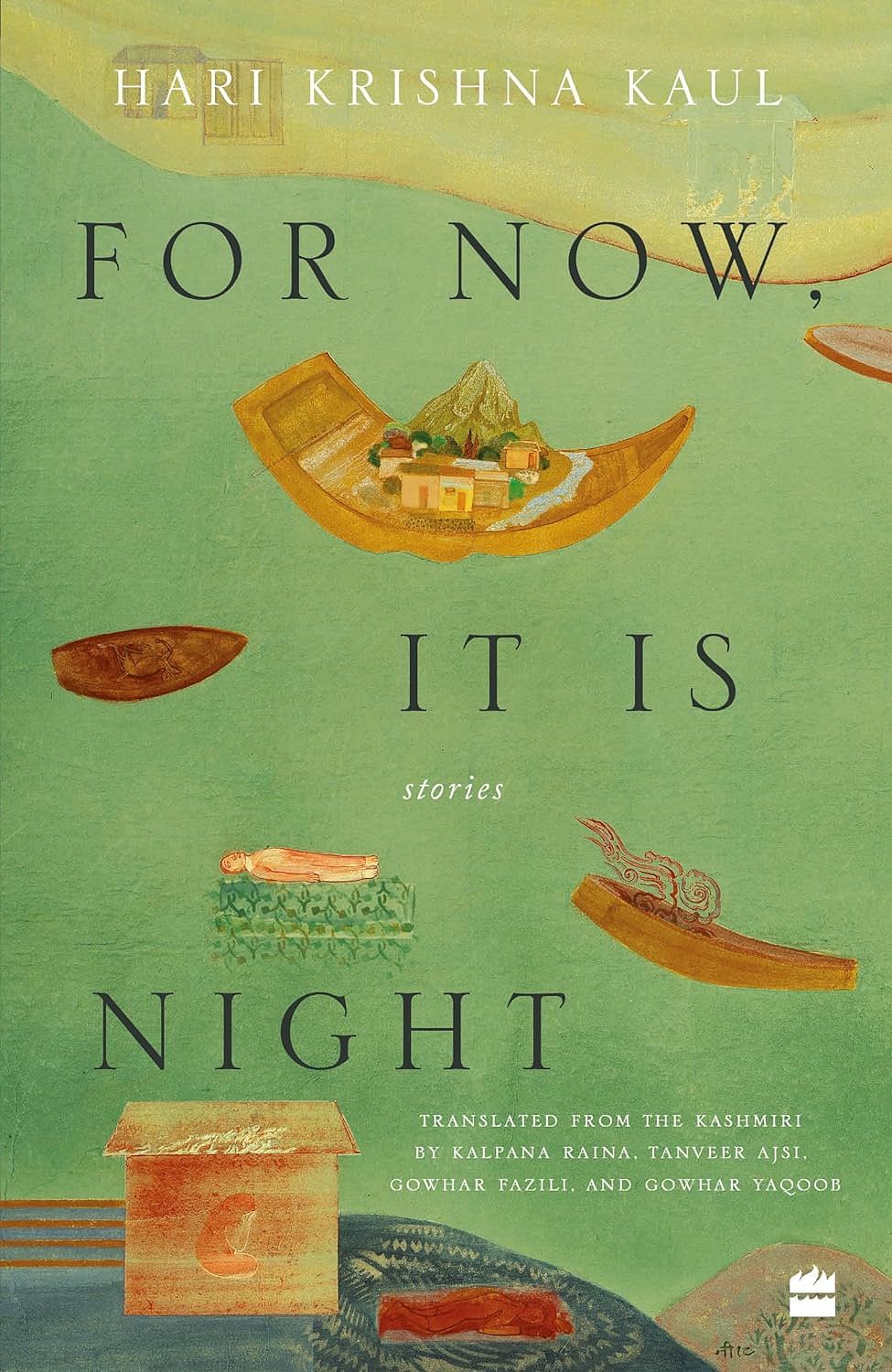
In Kashmir, the roots of the short story form of writing were watered with oral storytelling. Kashmiris of an earlier generation recall the dastangos who arrived on winter evenings to narrate, in song and prose, the popular stories of star-crossed lovers. Persian in its roots, the dastangoi custom was established after the arrival of Islam in the 13th-14th century, but the region had a folklore tradition before that.
The Panchatantra, one of the most widely translated texts, is attributed to the scholar Vishnu Sharma, believed to be from Kashmir. The 11th-century Kashmiri Shaivite, Somadeva Bhatt, is said to be the author of the Kathasaritsagara (Ocean of the Rivers of Stories). Thus, stories have nurtured the syncretism of Kashmiri culture and identity, Kashmiriyat, as generously as the Jhelum has watered the Valley. Despite this rich overlay of storytelling traditions, realism and the modern short story arrived relatively late on the scene. The first Kashmiri short story, Jawaabi Kaard (Reply-paid Card) by Dinanath Nadim was published in a local magazine shortly after Independence. In the following decades, the short form was influenced by the wider Progressive Writers’ Movement whose ideological roots were anchored in communism. However, disillusionment with the political scenario led to a split in the Kashmiri literary fraternity and one group turned towards writing about the transformed reality of everyday life.
Hari Krishna Kaul (1934-2009) was among the foremost exponents of this trend. An academic who taught Hindi literature, he lived most of his life in Srinagar, till forced to leave, by the rising Islamic militancy, in 1990. For Now, It is Night is a collection of 17 short stories translated from Kashmiri into English in a unique collaboration between four scholar translators (Kalpana Raina, Tanveer Ajsi, Gowhar Fazili and Gowhar Yaqoob). Culled from anthologies written between 1972 and 2001, these stories are sharp portrayals of ordinary lives during Kashmir’s traumatic years. Mostly with unnamed narrators, the stories record the growing uneasiness underlying neighbourhoods with mixed populations, and the gradual crumbling of one’s circumstances such as family, social status and a job that eventually leave the individual on his/her own. Alone.
The first story, Sunshine, begins thus: “Now that she had arrived in Delhi, Poshkuj felt like she was in a completely different world. She heaved a sigh of relief. Everything else be damned. At least there are no Muslims here. All around me are my own Hindu people.” Yet, even in this world, alien in so many ways, Poshkuj’s thoughts keep running back to the rhythms of the world left behind, giving her a sense of displacement. The double estrangement felt by those who are compelled to move is magnified by the distance of mainland India from its margins.
This dilemma of a dual identity, as an Indian but also as a Kashmiri evicted from his home turf, comes through In A Late Winter where the unnamed narrator states, “You cannot go forward nor can you turn back.” In To Rage or to Endure, a story rich in myth and metaphorical references, the narrator says to his companion (an old lady affectionately addressed as Ded, probably as a hat tip to Lal Ded, the 14th-century saint) “Who will come to help us here? In this endless desert, we are like two grains of sand, almost non-existent.”
While social and political turmoil shapes the situations in these stories, the author’s empathy is always with his characters, both Hindu and Muslim. Subtle, nuanced and haunting, these tales are meditations on Kashmiri life by a master storyteller. They do more than just engage the reader: they foster understanding.